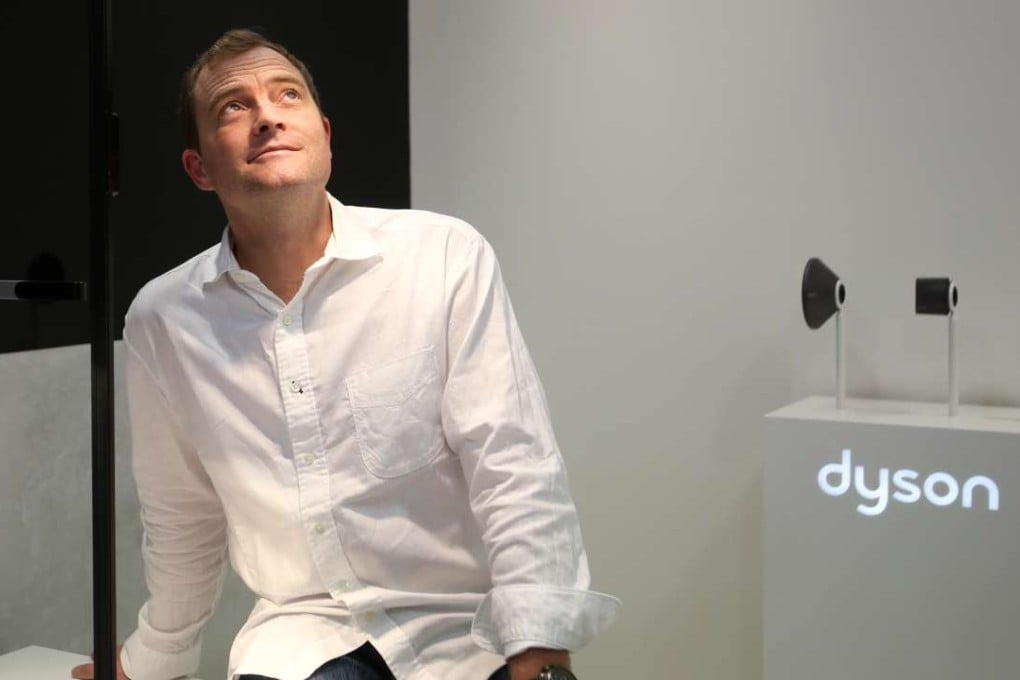The bright new future of Dyson
Jake Dyson, eldest son of British inventor and entrepreneur Sir James, talks about his LED lighting fixtures that can last 40 years, and what his plans are for the multibillion pound family firm

Jake Dyson, oldest son of renowned British inventor and entrepreneur Sir James Dyson, has been on a mission to change the disposable nature of lighting fixtures since commercially launching a desk lamp with a lifespan of 37 years in 2012.
“I see the lighting market as fairly stagnant. It hasn’t really moved forward over the last 30 years, probably longer,” Dyson told the South China Morning Post. “We are now able to do things that no other lighting manufacturer can do.”
That mission gained strong momentum last year when the company his father founded purchased his lighting fixtures business, Jake Dyson Light, which set him up as the successor to lead a fast-growing hi-tech enterprise.
“There are some comparisons to the way I’ve been working to the way Dyson works, which is to really analyse what is there before, think differently and then implement technology,” he said.
While compact fluorescent light bulbs still make up a significant proportion of commercial lighting, these products are widely known for a range of problems, including reduced light output over time, wasted light in all directions and costly replacement.
Compact fluorescent light bulbs can also contain hazardous material, particulary highly toxic mercury. As a result, many businesses and households now opt for light-emitting diode (LED) lighting fixtures.